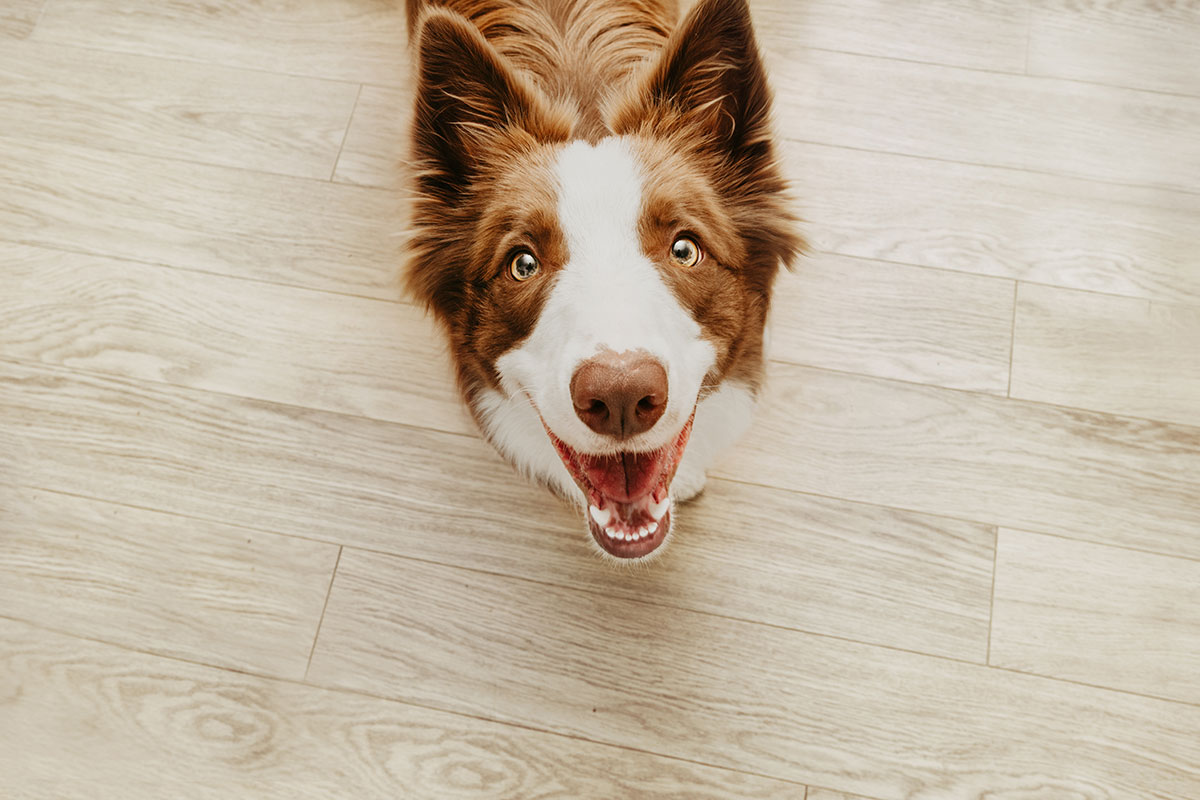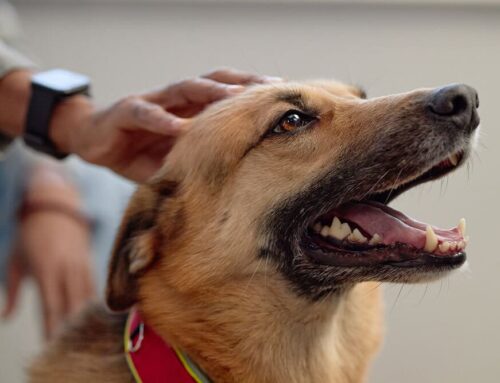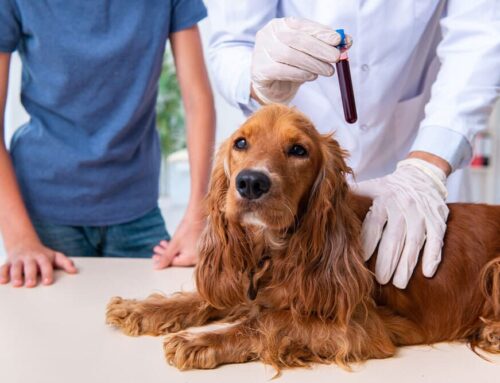When traveling with pets, the stress level for you and them may be higher than normal. New routines, new smells, and new people are all stimulating and can cause fear, anxiety, or stress in our pets. We have several tips for you that can help to make your travel plans a breeze!
- If you are unsure of how your pet acts in the car, take a test drive to a local place (10-15 minutes from home) and evaluate how your pet reacts. Are they whining? Panting? Frozen? These are all signs of fear, stress, and anxiety. If your pet is experiencing these symptoms when traveling, speak with your veterinarian prior to your trip. There are several medications that can be used to alleviate these fears.
- Does your pet experience motion sickness? Drooling, panting, and vomiting are signs that the car ride makes your pet feel motion sick. Talk with your veterinarian about these symptoms, and they can help by providing anti-nausea medications.
- Plan your route and be sure to plan time to stop and let your pets use the restroom. For dogs, you can stop at a public rest area every few hours to relieve them. For cats, you can let them out of the carrier in a closed vehicle with a litter box setup. Many cats may not feel like using the bathroom when in an abnormal environment. Allow them 10-15 minutes to explore the vehicle and the box. If they do not go to the bathroom during this time, that is okay. Secure them back in their carrier and try again in a few hours.
- Ahead of time, locate the nearest veterinary clinic and emergency center to your destination. If an emergency or illness were to occur, you will know exactly who to call and what their hours are, as well as how long it takes to get there. Be sure to have digital or physical copies of your pets medical records, just in case!
- Pack food in to-go containers for easy accessible feeding, as well as bring a collapsible water bowl and several bottles of water. Offer your pet food and water when stopping at rest areas. Offer food in small amounts, so that your pet does not get an upset stomach.
- Make sure your pet has a safe, comfortable, and secure place to travel. It is recommended to have dogs and cats travel in a crate, lined with thick, comfy blankets. It helps if these blankets smell like home, and it can also help to bring familiar toys with them in the crate.
- Pheromones can be beneficial to spray in your car, as there are many smells that get trapped inside. This can help to alleviate the smells of other animals pheromones in the areas you are passing through and stopping at.
- Play classical or reggae music. It has been scientifically proven that these two genres help to mask other fearful sounds from the environment and alleviate stress in cats and dogs. Spotify and Apple both have playlists made for pets, we recommend checking them out!
- The best place for your pet to travel, according to Fear Free, is on the floorboard of the passenger side rear seat. This provides a secure, level surface to rest the crate and allows the driver to keep an eye on the pet during travel. If the crate is too large for the floorboard, utilize the trunk and be sure to secure the crate in place so that it does not shift or slide while the vehicle is moving.
- Consider how long you will be in the vehicle and how long your overall journey is. If you are traveling for longer than 8 hours at a time, it is recommended to break this travel into short periods over the course of a few days so that your pet does not become overly stressed. Look for pet friendly hotels along your route to stay the night at and allow your pet to have a break from the car and the crate.
- Never leave your pet unsupervised in a vehicle. It does not matter the temperature, they should never be unattended in a vehicle. An emergency can occur at any time, with your pet or your vehicle. Constant supervision is required when a pet is in the vehicle so that they do not injure themselves, damage the vehicle, or put it into motion.
- Pack a travel kit that includes any medications your pet may need in case of emergency, as well as extra food, water, an extra leash and harness, extra blankets, pee pads, paper towels, poop bags, and litter for the litter box, if traveling with a cat. You never know what may happen out on the road, and you want to be as prepared as possible for any scenario. Having a travel kit can help to replenish and aid in your pet’s care needs, and help with any necessary clean-up.








Leave A Comment